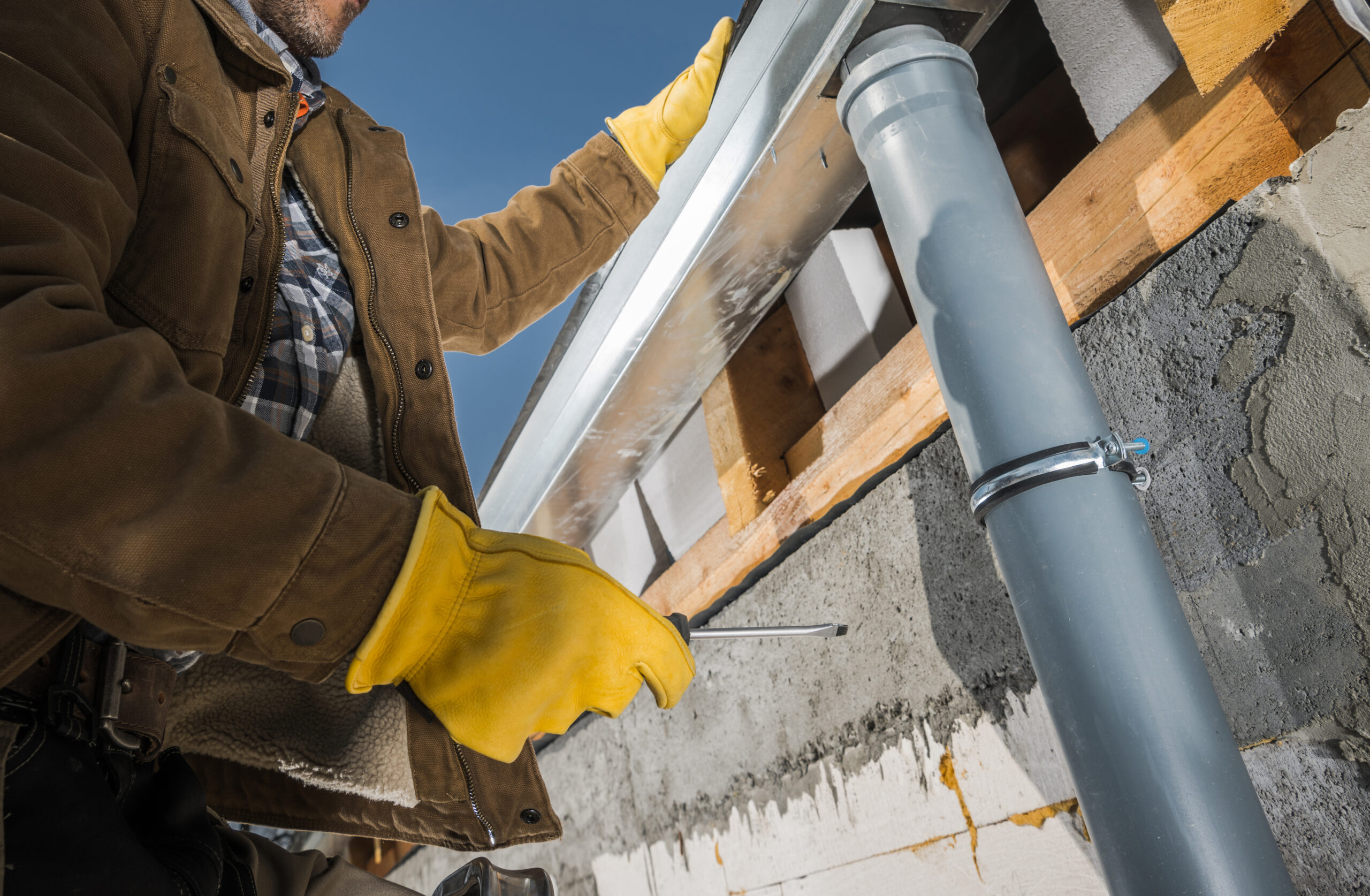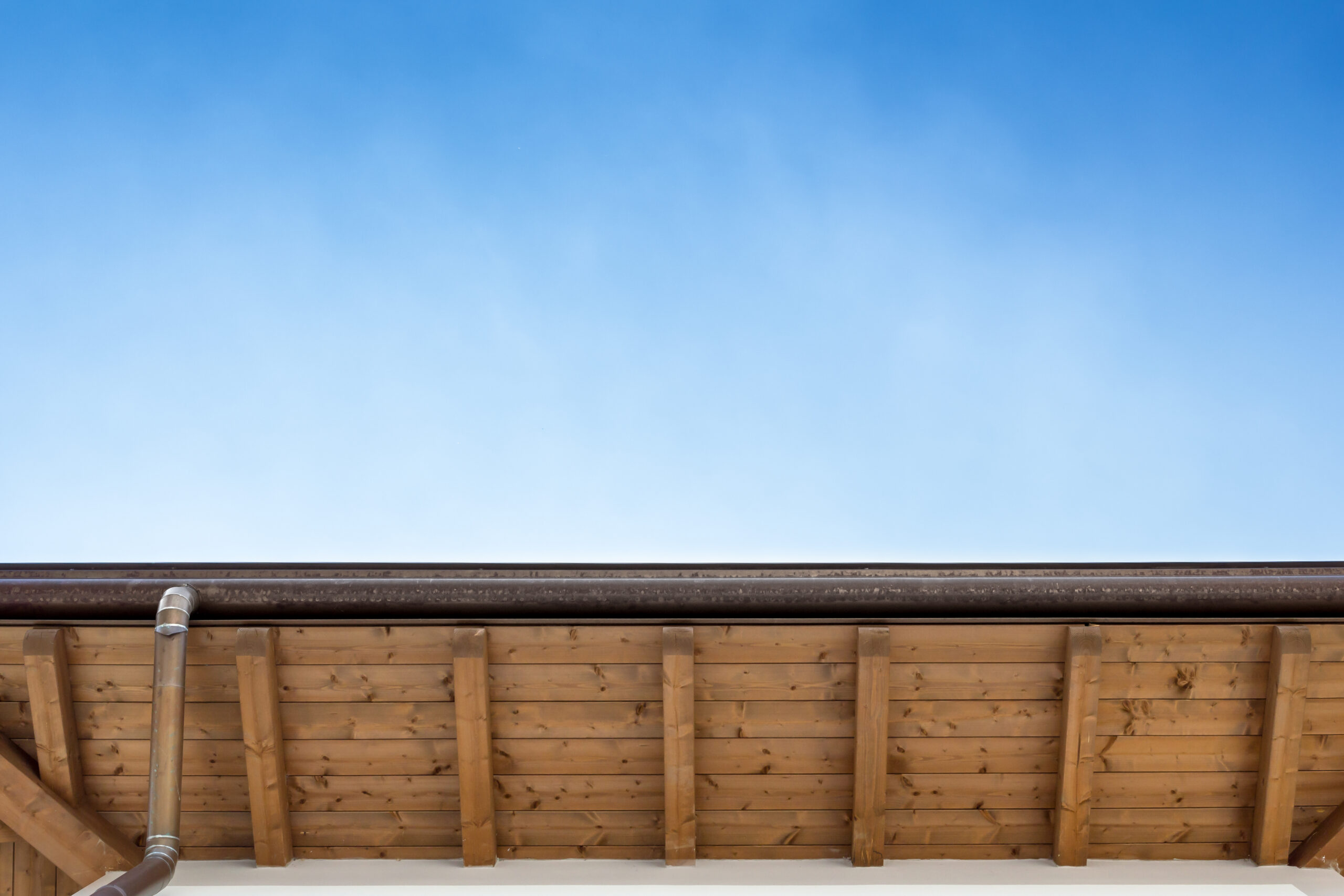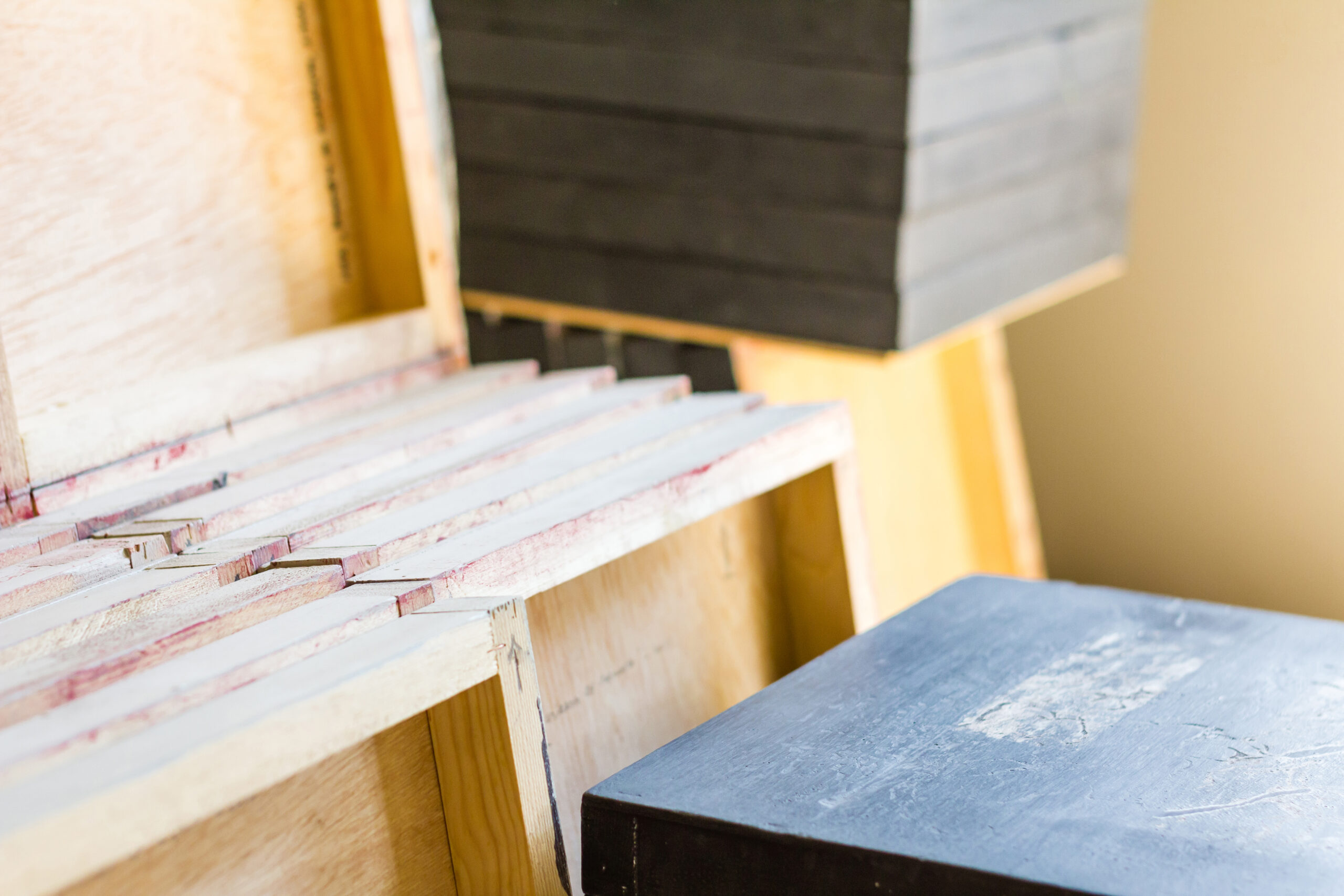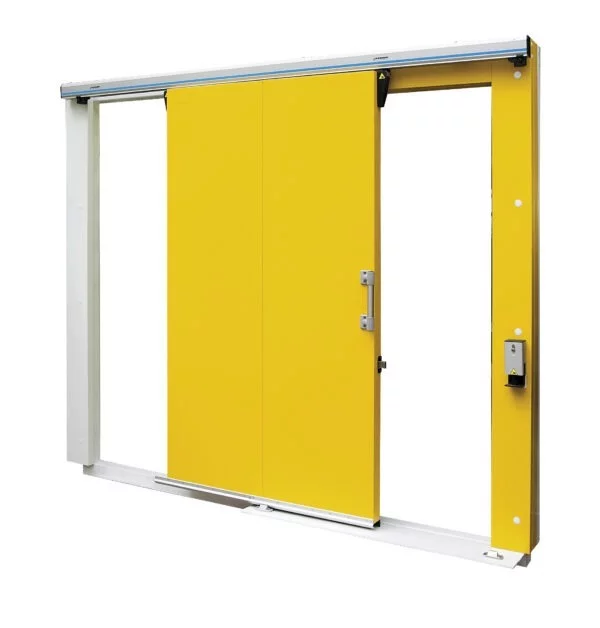Have you ever wondered how to effectively drain water from the roof of your home? The eave gutter is a key component of any building that provides protection from excess water and moisture. In this article, you’ll learn everything you need to know about eave gutters – from their types and materials, to installation and maintenance. We’ll also discuss their importance to your home and the benefits of using them properly. Are you ready to explore the secrets of eave gutters? Get ready for a fascinating journey!
Introduction to eave gutters
An eave gutter is a roof component designed to direct rainwater runoff from the roof surface to downpipes. Diverting water from the roof is extremely important, as excess water can cause damage to the building and foundation. Eaves gutters also serve a protective function, preventing moisture from entering the house.
Types of eave gutters
Metal gutters
Metalic gutters are a popular choice due to their durability and weather resistance. Aluminum, steel or copper gutters are the most common. Metal gutters are also aesthetically pleasing and can be available in a variety of colors to match the style of a home’s architecture.
Plastic gutters
Plastic gutters are lighter and less expensive than metal gutters. They are usually made of PVC or polypropylene. Plastic gutters are easy to install and do not require much work. However, they are less durable and more prone to mechanical damage.
Wooden gutters
Wooden gutters are less common due to their susceptibility to moisture and weathering. While they can add charm to traditional buildings, they require regular maintenance and waterproofing to maintain their durability.
Concrete gutters
Concrete gutters are mainly used in large commercial or industrial buildings. They are very durable and resistant to mechanical damage. Installation of concrete gutters is more complicated and requires specialized knowledge.
Materials used in the manufacture of eaves gutters
Metal
Metalic gutters are made of aluminum, stainless steel, copper or zinc. Metal gutters are durable and weatherproof. They are also aesthetically pleasing and can add elegance to a home’s appearance.
Plastics
The most commonly used plastics are PVC and polypropylene. Plastic gutters are lightweight, easy to install and available in a variety of colors. They are a cheaper alternative to metal gutters.
Wood
Wooden gutters are made of sturdy wood species, such as oak or mahogany. However, they require regular maintenance to maintain their durability.
Installation of eave gutters
Step 1: Prepare tools and materials
Before installing eave gutters, prepare the necessary tools, such as a hammer, screwdriver, level, tin snips, gutter glue, and materials, such as gutters, fittings, downpipes and connectors.
Step 2: Measurement and design
Next, carefully measure the length of the gutters and carry out the design of the layout, taking into account the slope of the downpipes and where they will drain.
Step 3: Installation of gutters
Once the tools and materials have been prepared and the measurements and design have been made, you can proceed to install the gutters. The gutters should be firmly attached to the eaves of the roof, making sure they are evenly aligned and well-fitted.
Step 4: Install the downpipes
After installing the gutters, install the downpipes that will carry the water to the ground. Downpipes should be placed in appropriate locations to ensure effective drainage.
Maintenance of eave gutters
Cleaning the gutters
Regular cleaning of eave gutters is essential to prevent clogging with leaves, branches and other debris. This can be done with special brushes or a garden hose.
Repairing damage
If the eaves gutters become damaged, they should be repaired as soon as possible to avoid further problems. Small cracks can be sealed with special gutter glue, while larger damage often requires replacing the damaged section.
Preventing clogging of downpipes
To prevent clogging of downpipes, it is worth installing special strainers or protective baskets over the pipe openings. These will protect against the entry of leaves and other debris.
The importance of eave gutters for the house
Eaves gutters play a key role in protecting the house from excess rainwater. Properly installed and maintained gutters protect walls, foundations and attics from moisture, which can lead to serious damage and mold.

Benefits of using eaves gutters
1) Protecting your home
Eaves gutters provide protection against moisture that can damage your home. Properly installed gutters will direct rainwater from the roof to the downpipes, eliminating the risk of flooding and moisture build-up.
2) Longevity of the building
Eaves gutters contribute to the longevity of a building through efficient drainage of rainwater. They protect the facade, foundation and roof from excessive wetting, which can lead to structural damage.
3) Aesthetics
Good quality eaves gutters can also contribute to the aesthetics of a building. Various styles and colors of gutters are available to match the architecture of the house, adding elegance and appeal.
Summary
The eave gutter is an integral part of any building. Its role in the drainage of rainwater must not be underestimated, as improperly functioning gutters can lead to serious damage to the building. By choosing the right type of gutters and ensuring their regular maintenance, we can ensure the longevity and protection of our home.
FAQ
How often should eave gutters be cleaned?
Eaves gutters should be cleaned regularly, usually at least twice a year. If your neighborhood has a lot of trees that shed leaves, more frequent cleaning may be necessary.
What tools are needed to install eave gutters?
To install eave gutters, you will need tools such as a hammer, screwdriver, level, tin snips and gutter glue.
Can I install eave gutters myself?
Yes, if you have the right tools and basic knowledge of gutter installation, you can install them yourself. However, if you are inexperienced in such work, it is always advisable to consult a professional.
What are the most popular materials used for eaves gutters?
The most popular materials used for eave gutters are metal (aluminum, stainless steel, copper) and plastic (PVC, polypropylene).
Are eave gutters available in different colors?
Yes, many manufacturers offer eave gutters in different colors to match the color scheme of the house and facade.
Finish
The eave gutter is an extremely important part of any building that carries rainwater away from the roof, providing protection from moisture and damage. Choosing the right type of gutters and maintaining them regularly are crucial to the longevity and safety of your home. Remember to clean your gutters, repair damage and monitor the condition of your downpipes. If you want to protect your home from the effects of excess rainwater, an eave gutter is an essential solution.




